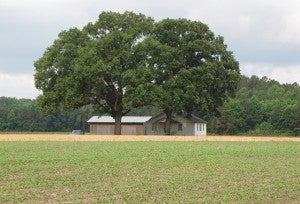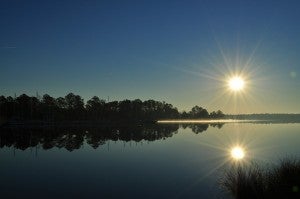 Each month, the Energy Exchange rounds up a list of top clean energy conferences around the country. Our list includes conferences at which experts from the EDF Clean Energy Program will be speaking, plus additional events that we think our readers may benefit from marking on their calendars.
Each month, the Energy Exchange rounds up a list of top clean energy conferences around the country. Our list includes conferences at which experts from the EDF Clean Energy Program will be speaking, plus additional events that we think our readers may benefit from marking on their calendars.
Top clean energy conferences featuring EDF experts in April:
April 4: Energy Power Dialog (Austin, TX)
Speaker: John Hall, Texas State Director, Clean Energy
- Participate in a national dialog on energy being hosted at universities across the United States. The Power Dialog will engage approximately 10,000 students in face-to-face conversation with state-level regulators and policy experts in all 50 states about the federal Clean Power Plan (CPP), which requires 32 percent cuts in global warming pollution by 2030. At the University of Texas at Austin, EDF’s John Hall will co-lead the dialog that helps students understand the positions for and against the Clean Power Plan: Why does Texas oppose the CPP? Why should Texas support it? This is not a lobbying or advocacy event, but rather a way to engage students in an important learning opportunity.
 Economic inequality has become one of the dominant political narratives of the day. It occupies discussions on both sides of the aisle, and is shaping elections from city halls to the White House. There’s a good reason for this: the continuing trends of
Economic inequality has become one of the dominant political narratives of the day. It occupies discussions on both sides of the aisle, and is shaping elections from city halls to the White House. There’s a good reason for this: the continuing trends of  Most Americans think their electricity comes from large power companies. In North Carolina, my home state, that might mean Duke Energy or Dominion Resources. But did you know that 42 million people in 47 states get their electricity from electric cooperatives? These member-owned electric utilities were first formed back in the 1930s to provide electricity to people living in rural areas and small towns.
Most Americans think their electricity comes from large power companies. In North Carolina, my home state, that might mean Duke Energy or Dominion Resources. But did you know that 42 million people in 47 states get their electricity from electric cooperatives? These member-owned electric utilities were first formed back in the 1930s to provide electricity to people living in rural areas and small towns. In a surprise move this month, the U.S. Supreme Court “stayed” (or put a hold on) the
In a surprise move this month, the U.S. Supreme Court “stayed” (or put a hold on) the  Growing up in eastern North Carolina was a great experience. Wayne County was my home, and I spent many weekends fishing for bass and hunting quail with my father on the family farm in nearby Bladen County. The time outdoors was great for character building, and visiting with relatives, friends, and elders in the community was equally important for understanding my heritage and the challenges my parents overcame.
Growing up in eastern North Carolina was a great experience. Wayne County was my home, and I spent many weekends fishing for bass and hunting quail with my father on the family farm in nearby Bladen County. The time outdoors was great for character building, and visiting with relatives, friends, and elders in the community was equally important for understanding my heritage and the challenges my parents overcame. By:
By: